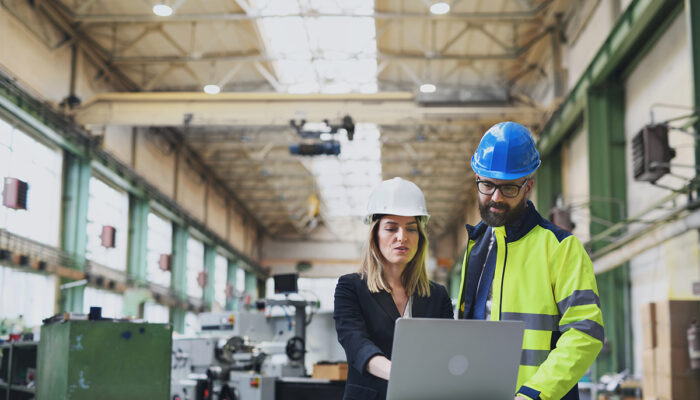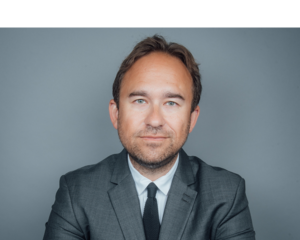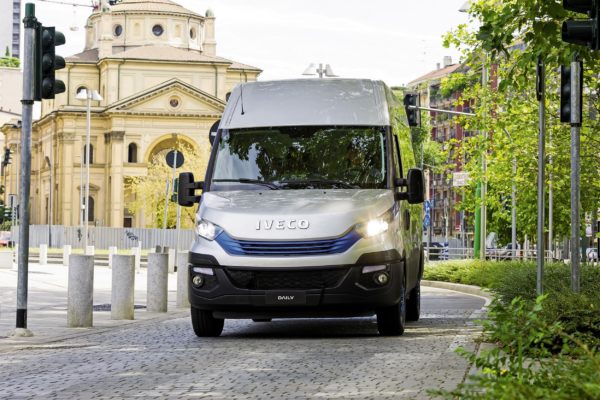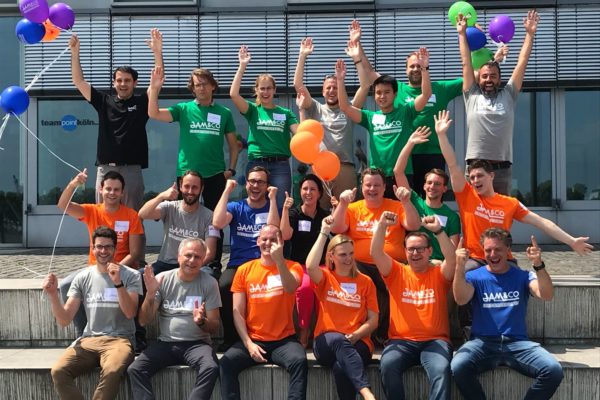Four years on and the road map outlined in the Green Deal has delivered significant change, and today, Europe undoubtedly leads the world in the transition to a low carbon, circular economy.
But as climate change accelerates and we inch ever closer to the 2050 deadline, one thing is clear – unlike the moon landing, Europe’s final destination is still unknown and if the Green Deal is to be an equally historic success, the devil will be in the detail.
What is the EU Taxonomy? How does it link to the transition to a circular economy?
The EU Taxonomy, Europe’s sustainable finance framework, is the place to dig into that detail. It underpins the Green Deal by setting a standard for economic activities that can be classified as environmentally and socially sustainable. It includes the transition to the circular economy as one of its key objectives and could help to unlock the trillions in finance needed to make circularity mainstream.
A recent taxonomy policy development has circular economy enthusiasts talking, with new guidelines that set out criteria to determine whether certain economic activity makes a “substantial contribution to the transition to a circular economy” – a transition that could be worth €1.8 trillion to the EU economy by 2030.
From a side note to a key theme
What caught my attention is that product-as-a-service (PaaS) has re-emerged as a key theme for the EU and an important lever for achieving the circular transition.
In 2020, PaaS was given just a passing mention as part of the 35 actions set out in the Circular Economy Action Plan (a major building block of the EU Green Deal), but through this taxonomy update the EU has signalled that it will prioritise PaaS as a mechanism to achieve the circular economy and, crucially, give organisations the criteria they need to implement it successfully.
The new technical guidance defines product-as-a-service models as “providing customers with access to products through service models, which are either use-oriented services, where ownership remains with the provider and the product is leased, shared, rented or pooled; or result-oriented, where the payment is pre-defined and the agreed result is delivered (i.e. pay per service unit)” (pg. 67).
It goes on to list a range of manufactured product groups that fit the bill, including textiles, electronics, furniture, and more (pg.67). This alone is a welcome step towards acknowledging the breadth of possibility that PaaS models can deliver.
However, the list is far from exhaustive, with medical tech, agricultural machinery, construction equipment, and automotives all notable omissions. Most, if not all, manufacturing sectors are being transformed by digitalisation at a rapid and increasing rate, meaning products become obsolete overnight and extracting the maximum value from resources, via circular models like PaaS, is paramount. The guidance will surely be broadened in future updates to capture the endless opportunities that as-a-service models can offer a multitude of industries.
The guidelines also set out criteria PaaS models must meet to be considered to be making a substantial contribution to the circular economy. First and foremost, the activity must “provide the customer with access to, and use of product(s), while ensuring that the ownership remains with the company providing this service, such as a manufacturer, specialist or retailer” (pg. 67).
The leasing industry’s role in circular transition
This is a call to arms for the leasing industry, which has an important role to play in helping organisations to implement systems that aid the circular transition. There is an opportunity here for lessors to build on our expertise in offering customers residual value pricing on assets (which inherently fosters the preservation of assets and their value) to offer a broad range of services covering the full lifecycle of an asset from asset management tools to data analysis to in-life maintenance support and sustainable end-of-life disposal.
Interestingly, the guidance also states that both a longer useful economic life through, for example, repair/refurbishment, and greater usage intensity (i.e. ride share services) are positive outcomes to be derived from PaaS models that will promote the transition to the circular economy (pg. 68). Clearly, the results for each of these approaches is very different because the more intensely a product is used, usually the shorter its life will be.
This is a powerful motivation for organisations to move away from traditional ownership models and work with lessors, who advocate for an optimum life of an asset rather than sweating an asset beyond its useful life, resulting in low value components with little opportunity for reuse. When managed properly, assets can deliver maximum value for organisations in their first lifecycle, be sustainably and securely refurbished and go on to fuel the second-hand market with high-quality products. These are the hallmarks of a truly circular economy.
Only three years after PaaS was just a side note in the EU Green Deal, it is now explicitly included in EU taxonomy, which is a hugely positive step forward. There’s still lots to do to create a framework that supports a truly circular economy and give investors and businesses the tools they need to implement circular solutions.
Setting these parameters will help the EU scale up sustainable investment, prevent greenwashing, and support organisations to transition to a more sustainable, future-proof way of doing business. Get this detail right and the sky really is the limit.

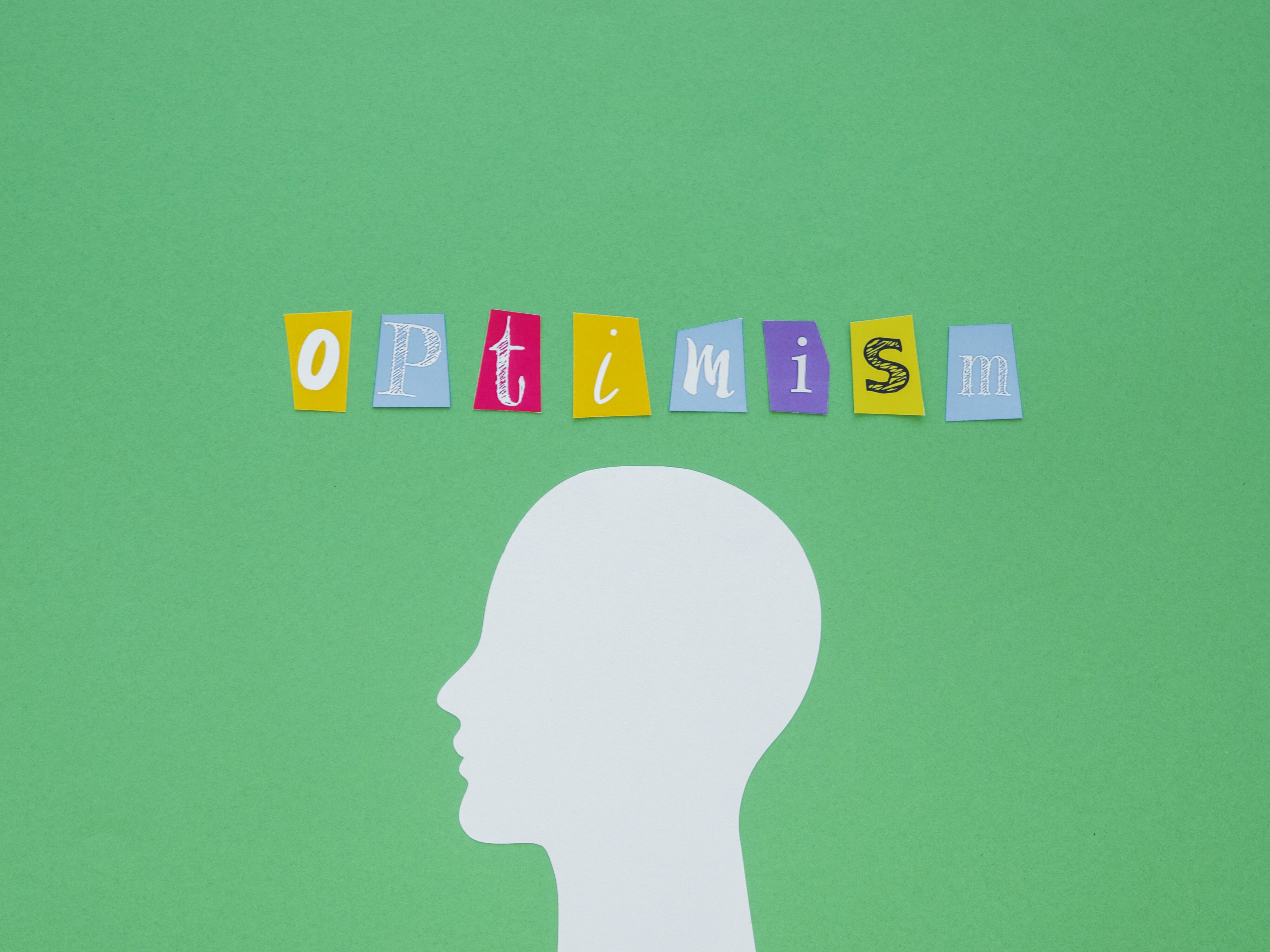

 We are committed to your business growth.
We are committed to your business growth. 